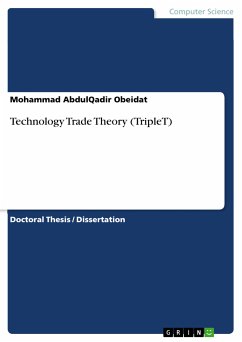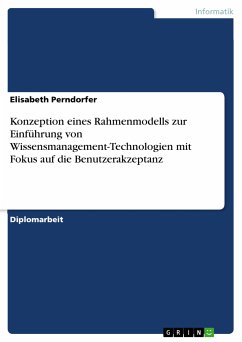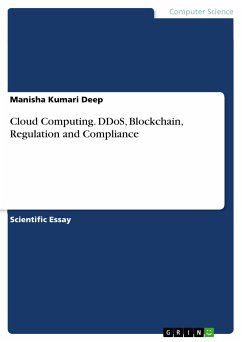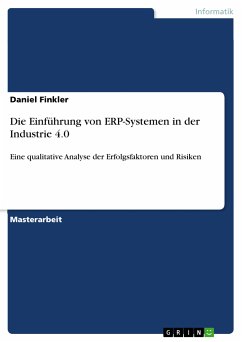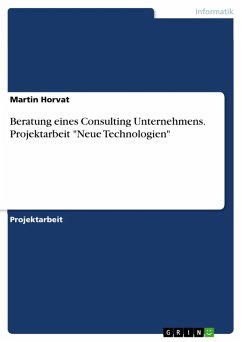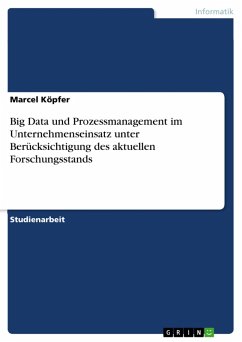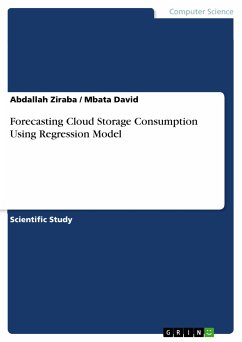Doctoral Thesis / Dissertation from the year 2013 in the subject Computer Science - Commercial Information Technology, grade: 3.87/4.00, Girne American Universtity (College of Business), course: MIS, language: English, abstract: Even though cloud computing is one of the hottest growth areas in the field of IT today, the existing body of literature related to cloud computing remains surprisingly small. The few research studies extant in the area have primarily focused on two broad areas, including: the technical implications of implementing cloud computing solutions, and the impact of cloud computing adoption by individual and organizational users. The behavioral aspects of cloud computing adoption, and especially using adoption models as a theoretical basis, remain least studied and most misunderstood. Moreover, existing models have been tested and used to gauge the behavior intention to adopt technology from a single perspective. Accordingly, this study proposes a new model for evaluating technology adoption, with specific reference to cloud computing adoption - the Technology Trade Theory model. This model is derived from the synthesis of the Technology Acceptance Model and the Social Exchange Theory. The Triple T model proposes that technology acceptance is the result of a trade process. The purpose of this trade is to maximize advantages and minimize disadvantages. Prospective adopters will weigh the potential advantages and disadvantages of the technology and will only adopt the technology when its advantages outweigh its disadvantages. Data is collected using a panel study administered to a sample of middle and top level IT managers. Relationships between the variables are assessed using the Pearson product moment correlation coefficient. Significance is tested by means of paired two-tailed tests. Even though the study validates most of the relationships between variables in the TAM model, it still finds that the TAM model has less predictive ability. Since the proposed Triple T model addresses many of the weaknesses in the TAM model, the study proposes it to be a better model. The proposed Triple T model also finds that a single advantage may outweigh numerous disadvantages or that a single disadvantage may outweigh numerous advantages during the adoption process and therefore executive decisions to adopt technology are often driven by just one advantage or disadvantage to the exclusion of all the others. These findings suggest that substantial improvement in the prediction of technology adoption intention is possible when previous models are integrated with the Social Exchange Theory.
Dieser Download kann aus rechtlichen Gründen nur mit Rechnungsadresse in A, B, BG, CY, CZ, D, DK, EW, E, FIN, F, GR, HR, H, IRL, I, LT, L, LR, M, NL, PL, P, R, S, SLO, SK ausgeliefert werden.

